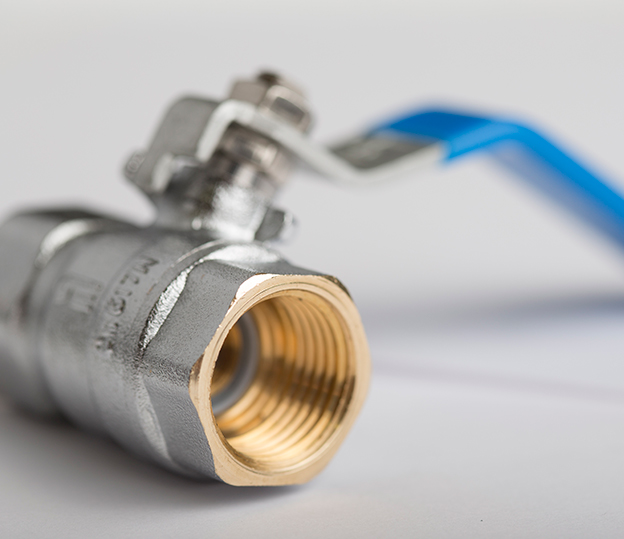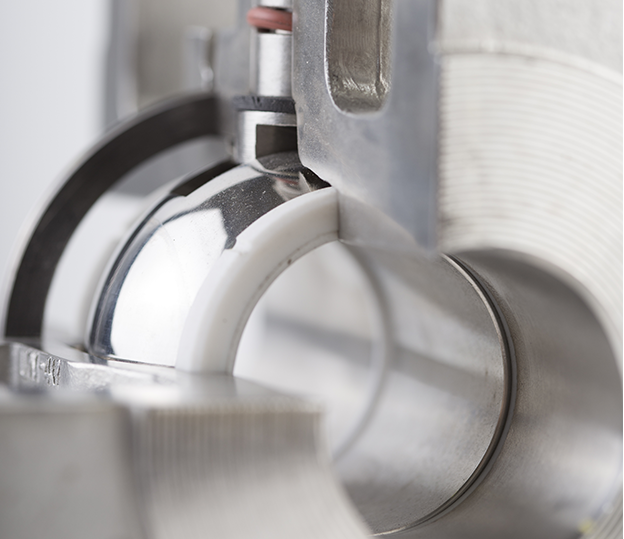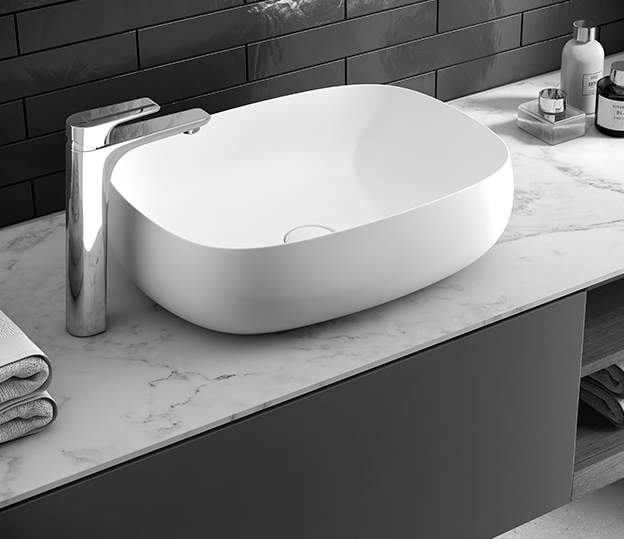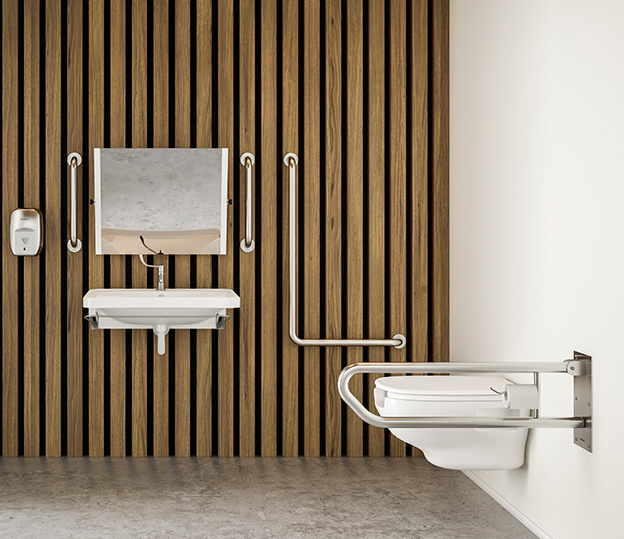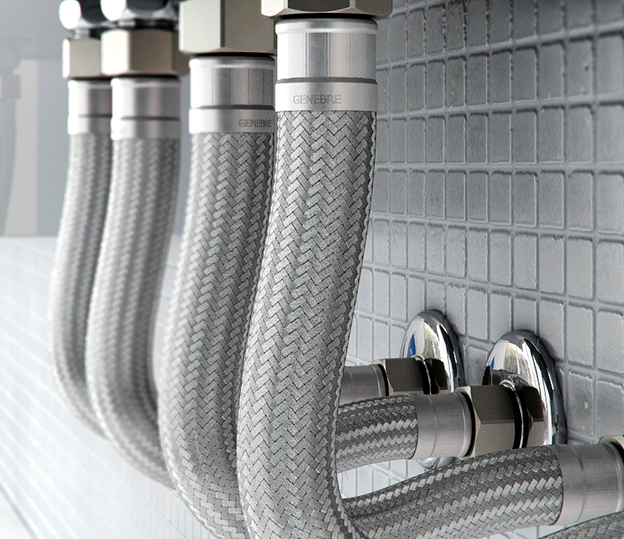-
Flange ends DIN 2566 threaded ends
These are accessories for connecting pipes to equipment (Pumps, heat exchangers, boilers, tanks, etc.) or accessories (elbow joints, valves, etc.). The connection is made using two flanges, one of which belongs to the pipe and the other to the equipment or accessory to be connected. The advantages of flanged connections lie in the fact that their threaded connection allows for fast installation and removal for repairs and maintenance.
-
Forged steel or carbon steel according to ASTM A-105
The words ‘’Grade’’, ‘’Class’’ or ‘’Type’’ are used in ASTM standards to refer to the different steels. For example, A106 Grade A, A48 Class 20A, A276 Type 304. The numeric or alphanumeric codes used to refer to a steel sometimes have a certain meaning. In terms of grades, two are assigned per letter of the alphabet A, B, C, the carbon content and its mechanical strength increase in the same order. In terms of classes, the numeric code indicates its tensile strength in ksi.
Prior to 1993, ferrous metals were those with an Iron content that was equal to or over 50%, in weight and ASTM standards for the manufacturing of their products started with the letter A (e.g. A312). Non-ferrous metals had separate manufacturing standards that started with the letter B (e.g. B622). Steel is now considered an alloy with a percentage iron content in weight that is greater than that of any other component of the alloy and with a carbon content that is no greater than 2%.
Technical Assistance
Monday to Thursday from 8:30 a.m. to 1:30 p.m. and from 3:00 p.m. to 6:00 p.m. Friday from 8:00 a.m. to 4:00 p.m.
Results:0
loading ...

